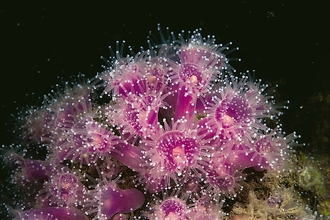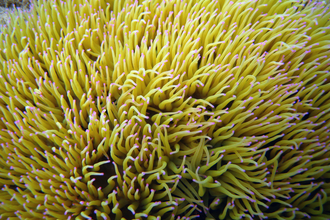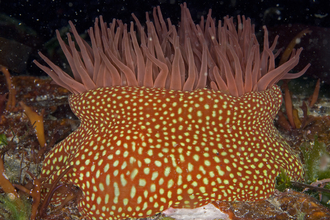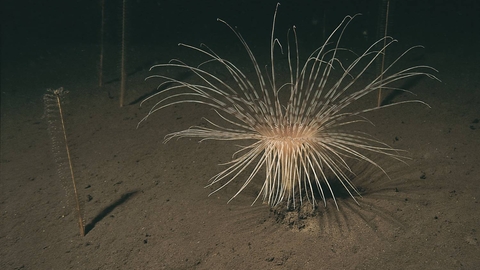
Fireworks anemone ©Paul Naylor www.marinephoto.co.uk
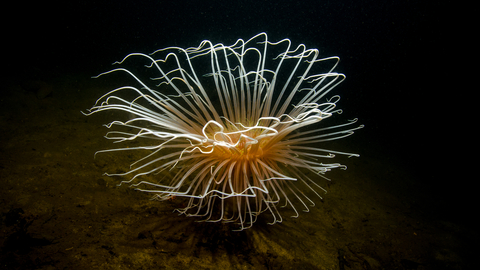
Fireworks anemone © Cathy Lewis
Fireworks anemone
Scientific name: Pachycerianthus multiplicatus
This rare anemone lives up to its name with a spectacular display of long, white tentacles.
Species information
Category
Statistics
Tentacles: up to 30cm acrossColumn: up to 30cm tall
Conservation status
Nationally rare. Listed in the UK Biodiversity Action Plan as a species of conservation concern.

